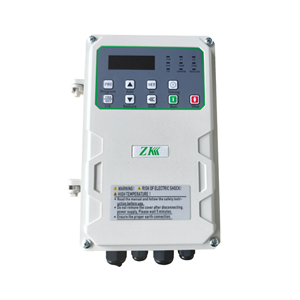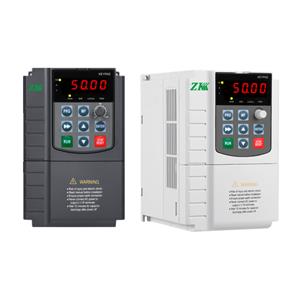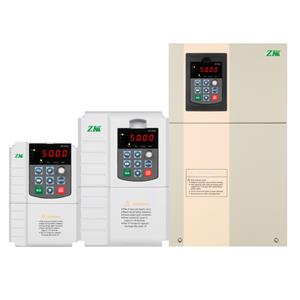Application of frequency converter PID control function in constant pressure water supply
With water resources becoming increasingly scarce, achieving efficient, stable, and energy-efficient water supply pressure control has become a key challenge for municipal water supply, high-rise buildings, and industrial sectors. Recently, a mature technology—the PID control function of variable-frequency drives (VFDs)—has once again attracted widespread attention in the industry for its outstanding performance in constant-pressure water supply systems, being hailed as a cornerstone technology for achieving "smart water management."
In traditional water supply methods, pumps often operate at a constant speed at the industrial frequency, relying on valve opening to regulate pressure. This not only wastes significant energy but also makes water pressure susceptible to fluctuations in user water consumption, leading to the awkward situation of "difficult water supply at high levels and high pressure at lower levels."
The VFD's built-in PID (proportional-integral-differential) control function has revolutionized this model. This system uses pressure sensors installed on the pipe network to monitor actual water pressure in real time and compare it with a set target pressure. The PID controller then automatically calculates the optimal adjustment instruction based on the deviation between the two through a set of precise mathematical operations (proportional, integral, and differential adjustment), and sends it to the frequency converter, thereby dynamically adjusting the operating frequency and speed of the water pump motor.
PID control offers three significant benefits:
- Extreme Energy Saving:
Pump power consumption is proportional to the cube of the speed. By reducing speed to accommodate low water demand, energy losses caused by valve throttling are avoided, resulting in energy savings of typically 30%-50%.
- Stability and Reliability, Extending Equipment Life:
Constant pressure protects the pipe network, reducing the risk of bursts and leaks. Furthermore, the VFD's soft start/stop function avoids the significant current surge during motor startup, effectively extending the service life of the pump, motor, and valves.
- Fully Automatic and Intelligent Operation:
The system enables unattended, fully automatic operation, intelligently adjusting to actual water demand without manual intervention, significantly reducing management and labor costs.
Broad Application Prospects, Contributing to a Water-Saving Society
Currently, this technology has been widely adopted in secondary water supply systems in high-rise residential buildings, hotels, hospitals, and campuses, as well as in municipal water supply networks, industrial circulating cooling water systems, and agricultural irrigation. It not only improves user experience but also plays a significant role in energy conservation, emission reduction, and water leakage reduction, providing solid technical support for building a water-saving society.




